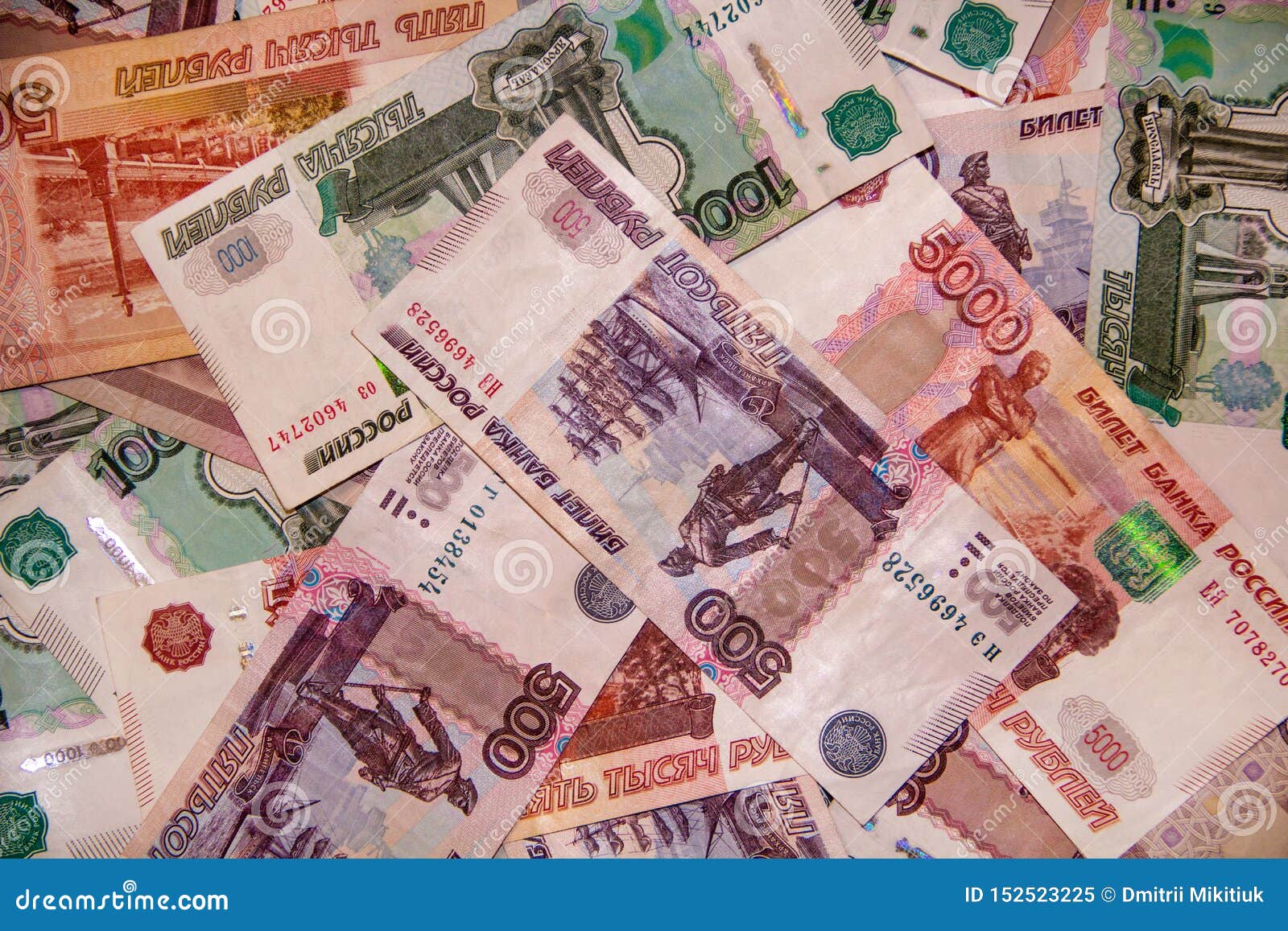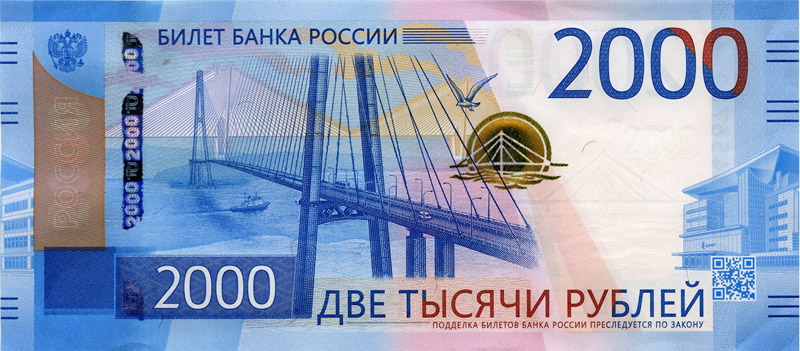

Between first quarter 2014 and first quarter 2015, gross outflows as a share of GDP (both nonreserve outflows and central bank reserve flows) fell by more than 12 percentage points, a “retrenchment” in gross outflows that offset the sudden stop in gross inflows. Likewise, raising the domestic interest rate would incentivize Russian residents to hold domestic assets instead of foreign ones, again reducing gross outflows. The sale of foreign exchange reserves reduced total gross capital outflows. The first of these interest rate moves took place in an unscheduled meeting in the days after the annexation of Crimea in late February, and the most dramatic of these interest rate moves was a 650-basis-point increase at an unscheduled meeting in December. The central bank raised its policy interest rate by a total of 1,150 basis points (11.5 percentage points) in 2014. The second was a sharp increase in domestic interest rates ( Chart 3). The first (as shown in Chart 2) was a massive sale of foreign-exchange reserves. The Russian central bank responded with two policy actions. This is a two-standard-deviation fall in gross inflows, meeting the definition of a “sudden stop” in capital inflows.Īs in many cases of sudden stops, such a sharp drop in foreign capital inflows precipitates a currency or financial crisis-Russian companies and individuals struggled to obtain the foreign financing necessary to roll over existing debt and finance imports. Gross inflows as a share of GDP fell by more than 11 percentage points. The chart begins with the onset of the balance-of-payments crisis-gross inflows fell sharply between first quarter 2014 and first quarter 2015.
RUSSIAN CURRENCY RATES PLUS
Those sanctions were not nearly as harsh as the ones imposed in 2022, though the previous curbs were meant to reduce capital inflows into Russia.Ĭhart 2 plots Russian balance of payments going back to 2014: gross capital inflows (net purchases of Russian assets by foreign residents), gross capital outflows, nonreserves (net purchases of foreign assets by Russian residents, not including central bank foreign exchange reserves), reserve outflows (the purchase of foreign exchange reserve assets by the central bank) and the current account (net capital outflows, gross outflows plus reserve outflows minus gross inflows). It, too, was driven by western sanctions in response to actions in Ukraine, most notably the annexation of Crimea. To understand the central bank’s actions and the ruble’s dramatic fall and subsequent rebound, we step back to look at the 2014 Russian balance-of-payments crisis. Less than two months after economic and financial sanctions, the ruble and financial system avoided collapse, and the currency regained its preinvasion level ( Chart 1).ĭownloadable chart | Chart data Russia’s balance of payments crisis in 2014

Russia’s central bank responded by sharply increasing interest rates and imposing strict capital controls that appear to have prevented capital flight and stabilized the ruble.

The sanctions also froze the accounts of the Russian central bank denominated in allied currencies-effectively rendering half of the central bank’s foreign exchange reserves unusable. The sanctions prevented western banks from transacting with key Russian counterparts and sidelined several Russian banks from the world interbank payment system.

Their aim was to cut Russia off from world financial markets and make it impossible to finance the war. The U.S., the European Union and their allies imposed unprecedented economic and financial sanctions on Russia within days of the conflict’s start. However, within two weeks following Russia’s invasion of Ukraine in late February 2022, the ruble depreciated sharply from 80 rubles/dollar to 120 rubles/dollar. dollar exchange rate was stable through 20 apart from a depreciation at the height of the COVID-19 crisis in March 2020. The Russian central bank responded with strict capital controls that have stabilized the value of its currency-the ruble-and prevented a currency or financial crisis. and its allies imposed unprecedented trade and financial sanctions on Russia following its invasion of Ukraine.


 0 kommentar(er)
0 kommentar(er)
